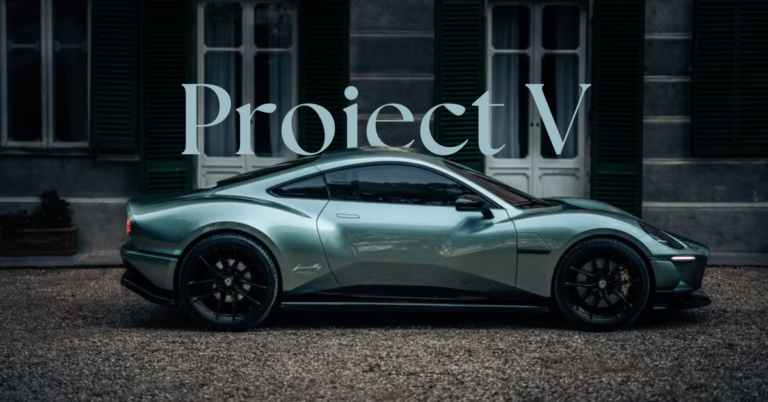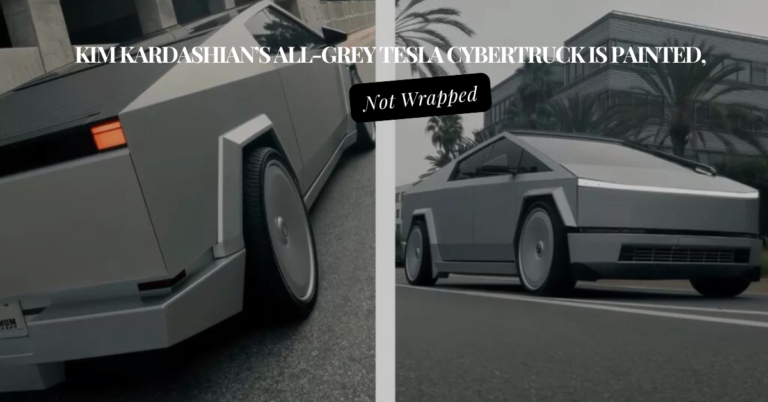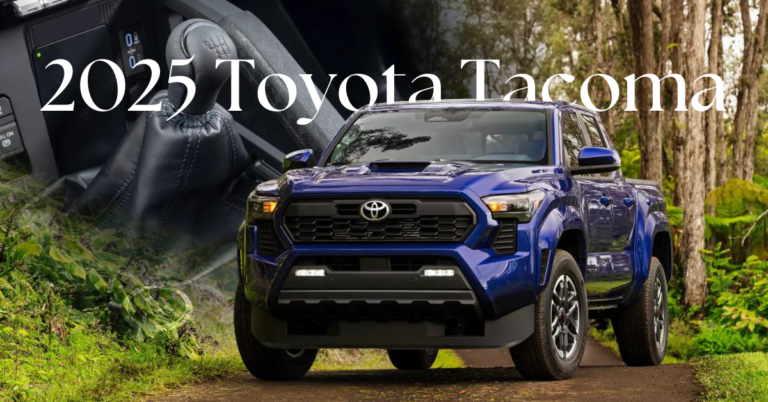A Legacy of Rotary Power
Mazda made its name with rotary engines, starting in the 1970s. While German engineer Felix Wankel invented the rotary engine, his controversial past has overshadowed his contribution. Instead, we celebrate Kenichi Yamamoto, the Japanese engineer who made the rotary engine commercially viable by putting it in the Mazda Cosmo. Under Yamamoto’s leadership, Mazda developed a unique identity, with rotary engines becoming integral to the brand’s DNA.
The Unique Appeal of the RX-8
The RX-8 is one of the most underrated sports cars of its time. It had the tough job of following the third-generation RX-7, a model renowned for its twin-turbo performance and stunning design. However, while the RX-8 was a more refined and better-sorted car, it lacked the turbocharged intensity of its predecessor. This, combined with competition from the more powerful Nissan 350Z, meant that you really had to be a rotary enthusiast to choose the RX-8.
Interestingly, the RX-8 shared its platform with the third-generation Mazda MX-5 (NC). Many consider the NC to be the least exciting of the four MX-5 generations. However, that’s more a reflection of the high standards set by its siblings. Even being “fourth-best” in the MX-5 lineup still makes it a great sports car, much like choosing from the fourth-best taco truck in California—you’ll still get a fantastic meal.
Powertrain and Performance: A Different Kind of Sports Car
The RX-8 features the Renesis twin-rotor engine, which produces 239 horsepower and 159 pound-feet of torque. While those numbers might seem modest, the car’s relatively low curb weight—just over 3000 pounds—allowed for a 0 to 60 mph time of 5.9 seconds once the engine was well broken in. The engine’s 9000-rpm redline provides a unique driving experience, delivering a smooth, high-revving sensation that few other cars can match.
Of course, rotary engines come with their quirks. Fuel economy sits at a less-than-stellar 19 mpg, and owners need to add about a quart of oil every 3000 miles. But the engine’s smoothness and high-revving nature more than make up for these minor drawbacks. As enthusiasts say, it’s like the engine is “drinking cream rather than hydrocarbons.”
The 2011 Mazda RX-8 on Bring a Trailer
The RX-8 listed on Bring a Trailer is a final-year 2011 model, and it comes with a mere 17,000 miles on the odometer. It’s finished in a classic red exterior, paired with black cloth seats, offering a stripped-down, performance-focused interior. This model is the Sport version, which means it lacks a sunroof and includes a limited-slip rear differential for better handling. Later models like this one also benefit from additional chassis stiffening, revised suspension geometry, and a lower final drive ratio, making it the most performance-oriented RX-8 variant.
Rotary Enthusiast’s Delight: Rarity and Character
The RX-8, though often overshadowed by the RX-7, brings a unique charm. It represents a time when Mazda dared to be different, sticking with rotary power even when it became increasingly rare in the automotive world. Unlike the turbocharged RX-7, the RX-8 offered a naturally aspirated experience with an engine that smoothly revs to its 9000-rpm limit. This particular car for sale captures the essence of rotary performance, allowing enthusiasts to experience a distinctive kind of driving.
Mazda’s Continuing Rotary Legacy
Although Mazda has stopped producing rotary-powered sports cars for the U.S. market, it still keeps the rotary engine alive in other ways. In Europe, the MX-30 EV offers a range-extender version that uses a tiny 830cc single-rotor engine. While it doesn’t power the car directly, it provides an additional 300 miles of range, humming away quietly in the background like a pencil sharpener.
Mazda has also started producing parts for the 13B rotary engine found in the FD-generation RX-7. This move supports enthusiasts and restorers looking to bring classic RX-7s back to their former glory. Thus, Mazda continues to uphold its rotary heritage, even as it explores new technologies for the future.
Why This RX-8 Is Worth a Look
With the RX-8 now a part of Mazda’s history, the chance to own a final-year model is rare. The car for sale on Bring a Trailer offers a blend of classic rotary charm and modern sports car handling. With its low mileage, performance-focused features, and connection to Mazda’s storied past, this RX-8 is a unique find for enthusiasts.
Conclusion
The 2011 Mazda RX-8 on Bring a Trailer represents one of the last rotary-powered cars to be sold in America. It combines the quirks and characteristics that made Mazda’s rotary engines famous, offering a driving experience that is both unique and historically significant. As Mazda continues to innovate and evolve, cars like this RX-8 serve as a reminder of the brand’s bold choices and engineering achievements.
FAQs
Why is the RX-8 special in Mazda’s lineup?
The RX-8 was the last production car from Mazda in the U.S. to feature a rotary engine, showcasing Mazda’s commitment to unique engineering.
How does the RX-8 compare to its predecessor, the RX-7?
The RX-8 is more refined and better-sorted than the RX-7 but lacks the turbocharged intensity of its predecessor, making it less frenetic but still enjoyable.
What are the performance specs of the RX-8?
The RX-8’s Renesis twin-rotor engine produces 239 horsepower, enabling a 0-60 mph time of 5.9 seconds and a 9000-rpm redline.
Does Mazda still produce rotary engines?
Yes, Mazda produces a small rotary engine as a range extender for the MX-30 EV in Europe. Additionally, they have started producing parts for the 13B rotary engine found in the FD RX-7.
What makes the RX-8 for sale on Bring a Trailer unique?
This 2011 model has just 17,000 miles, features a limited-slip differential, and benefits from additional chassis stiffening and a lower final drive, making it the most performance-oriented RX-8 variant.







